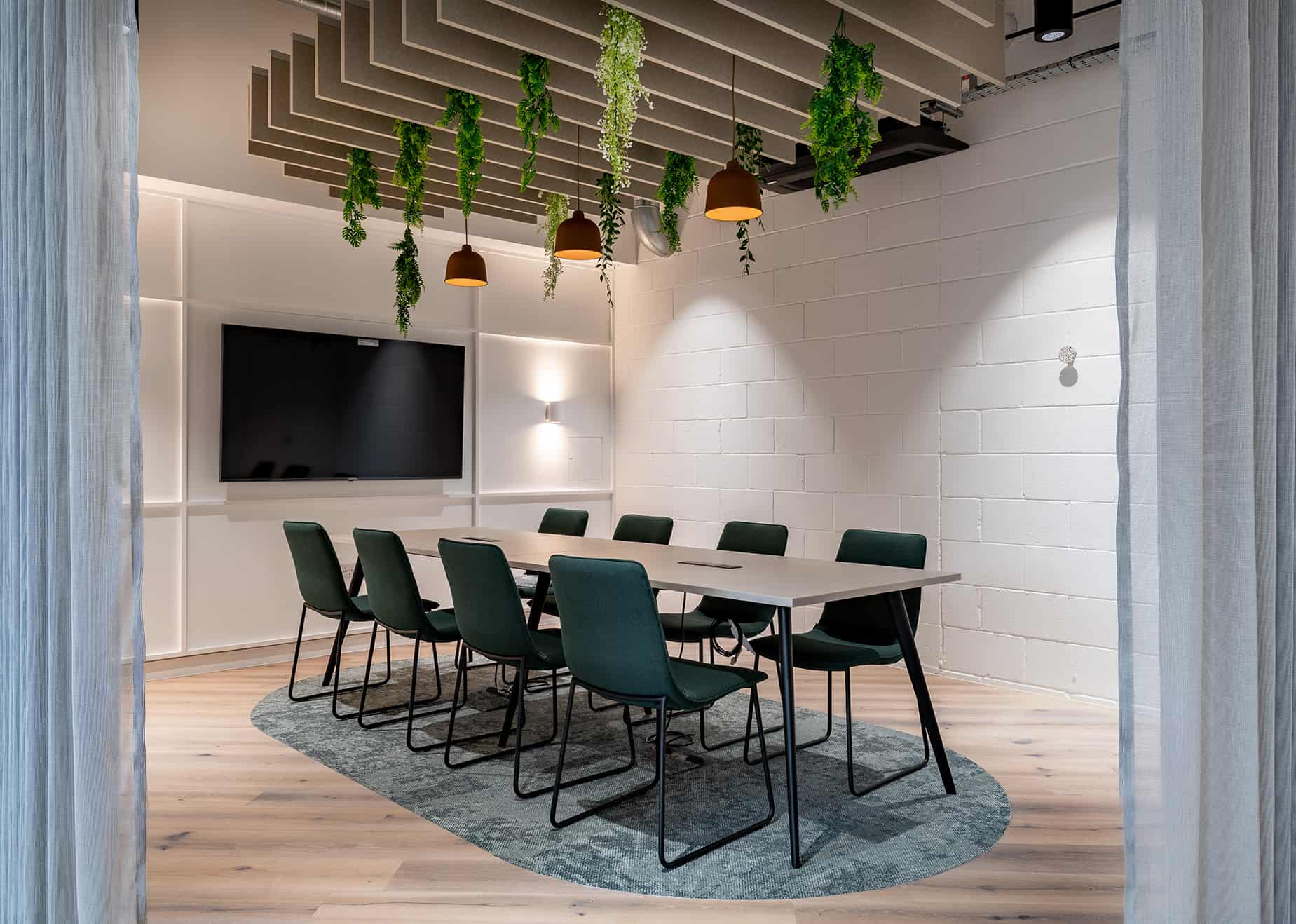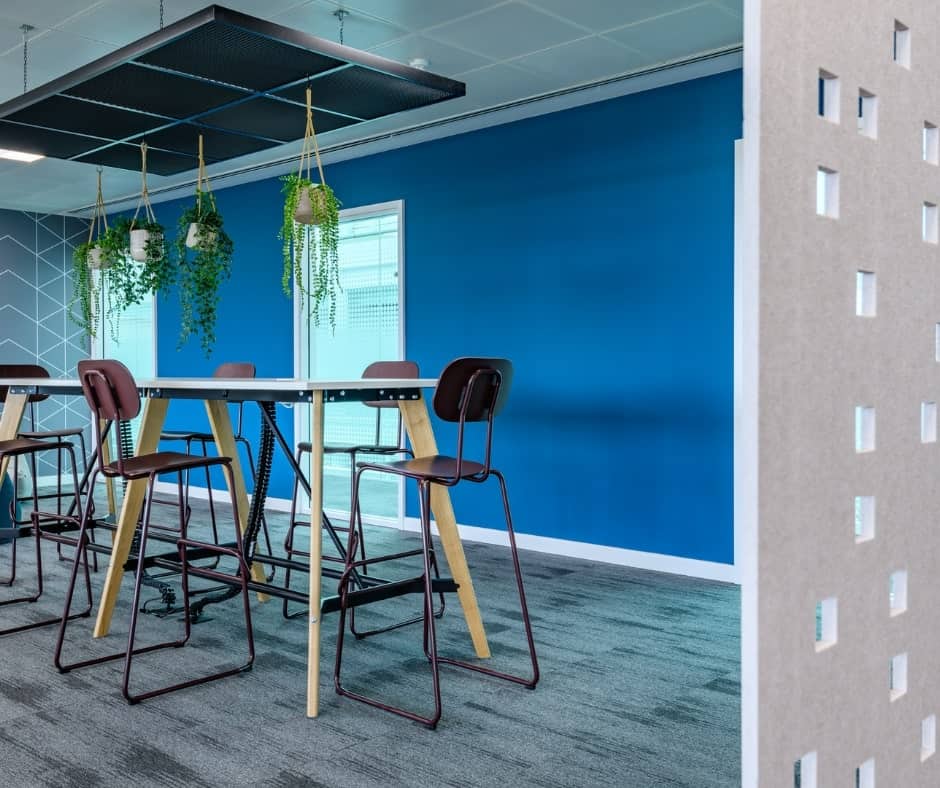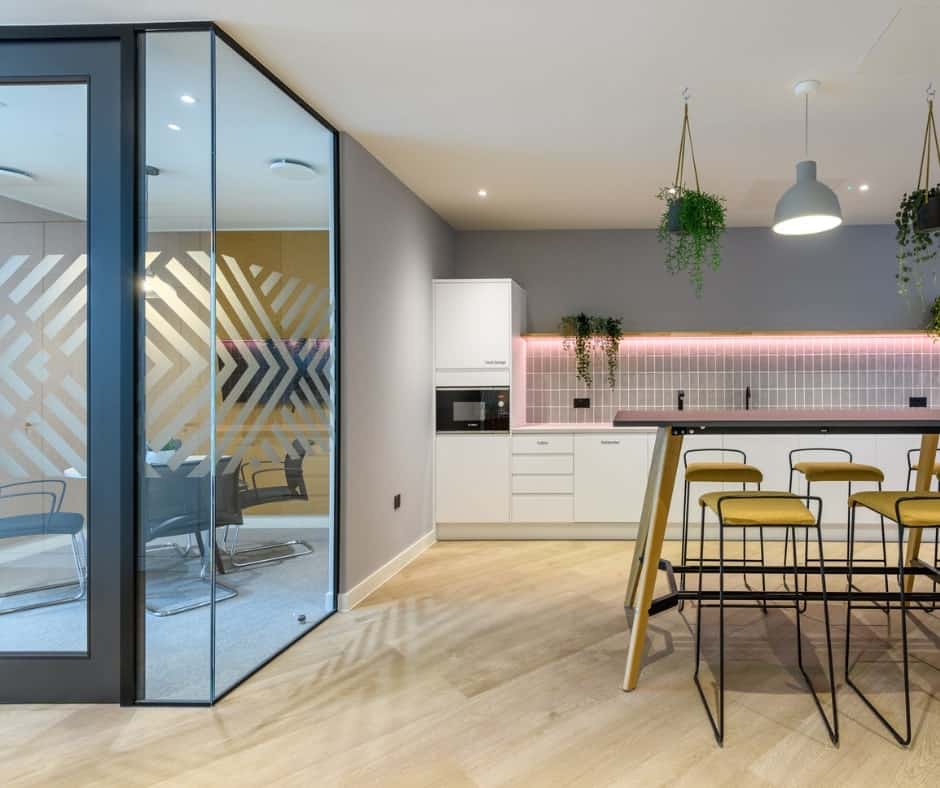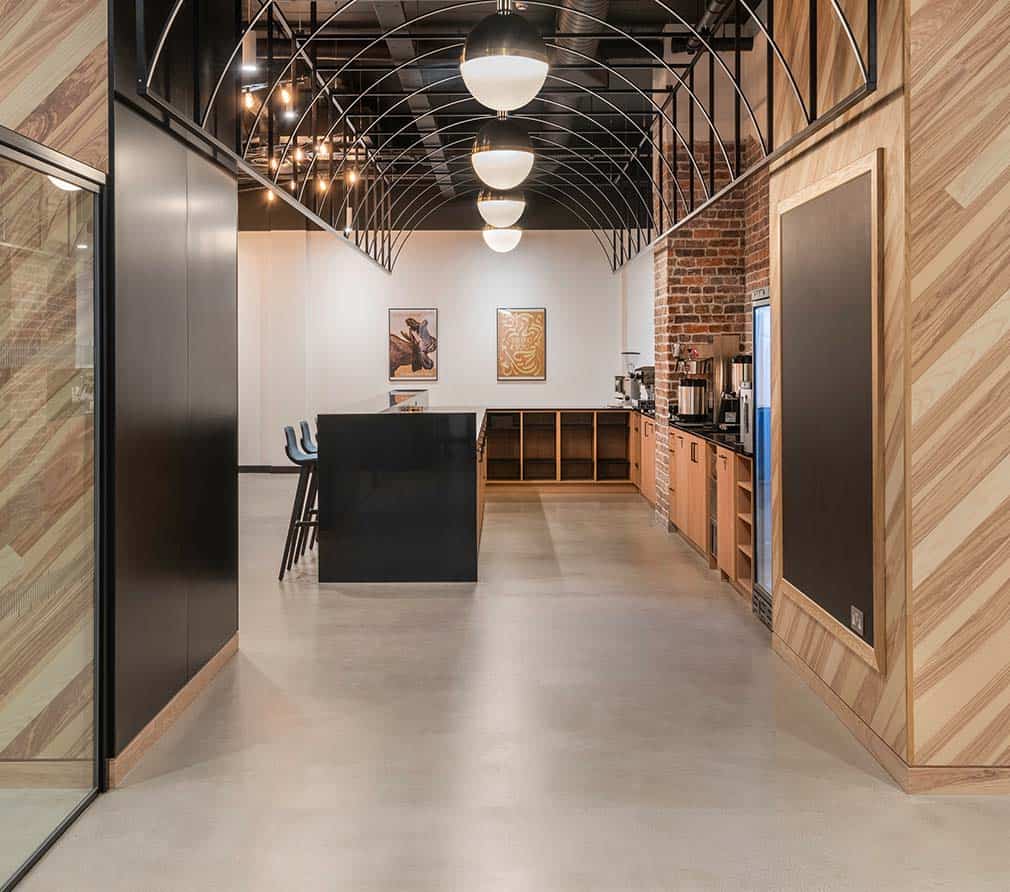Human beings are innately connected to nature – it’s a relationship that dates back to the start of evolution itself when an affinity with the natural environment was a matter of life and death. Despite this deeply rooted affinity, modern technology has taken us further away from Mother Earth, with buildings designed to shelter and protect us from the elements, rather than bring us closer to the natural world.
Our health could well be the poorer for this distance, with research suggesting that spending time immersed in nature can bring substantial wellbeing benefits. While it may not be practical for every business to surround itself with greenery, or to roll our practices such as the Japanese ritual of forest bathing, there are ways to incorporate additional natural elements into the office environment.
What is biophilic design?
Biophilic design aims to restore a greater connection between people and nature by bringing the natural world into the built environment. Often, you’ll hear this referred to simply as ‘bringing the outside in’. This design philosophy is about more than simply adding greenery and plants to indoor spaces, however. It borrows textures and patterns, natural materials, and natural phenomena to create a more holistic and deeper connection.
The principles of biophilic design
Stephen Kellert is widely credited with pioneering the biophilic design movement. His principles for biophilic design are broadly split into three categories:
- Principle 1: Nature in the space
This principle refers to the use of natural elements within the built environment. Broad in scope, this covers the use of light, including how it can create natural patterns and shadows, ventilation and the flow of air and humidity, and the use of water, vegetation, fire, natural landscapes and even animals (such as through the incorporation of bird feeders or aquariums).
- Principle 2: Nature of the space
This principle covers the creation of spatial relationships within the built environment. Key considerations here include the use of transitional spaces such as foyers, decks, and bridges to connect the interior and exterior, areas of refuge or risk, creating an attachment to the geography of the space the building occupies (for example by using native fauna), and ensuring mobility around and into or out of the building.
- Principle 3: Indirect nature
This principle refers to how nature is represented within the building. For example, through the use of natural materials, by the introduction of images which depict natural scenes, by replicating shapes and forms found in the natural world and by using materials which age and weather as they would in a natural setting.
How can biophilic design benefit commercial spaces?
An abundance of research has confirmed the benefits of incorporating natural elements into our daily lives, meaning it can also be incredibly beneficial to take a biophilic approach to your office design.
The use of plants allows for cleaner and healthier air, while also encouraging higher levels of productivity and lowering stress, for example. Living walls, which add other elements of greenery, can also absorb sound, aiding concentration, and fostering collaboration.
Choosing natural materials, such as wood, straw, bamboo, and clay can reduce exposure to harmful chemicals in addition to lowering the carbon footprint of the building, thus contributing to a more sustainable planet.
Maximising natural light and ventilation creates a more comfortable environment for building users. An abundance of natural light can additionally be a mood booster, supports the body’s natural circadian rhythm for improved sleep, aids in concentration and focus and supports Vitamin D production.
As Kellert notes in The Practice of Biophilic Design, the potential benefits of fostering a greater connection with nature are plentiful:
“The successful application of biophilic design should also result in a wide spectrum of physical, mental, and behavioural benefits. Physical outcomes include enhanced physical fitness, lower blood pressure, increased comfort and satisfaction, fewer illness symptoms, and improved health. Mental benefits range from increased satisfaction and motivation, less stress and anxiety, to improved problem solving and creativity. Positive behavioural change includes better coping and mastery skills, enhanced attention and concentration, improved social interaction, and less hostility and aggression.”
Of course, considering sustainable resources and using natural light, water, and ventilation to supplement traditional heating and cooling systems also has wider benefits. Natural cooling and heating can help a building to function more efficiently, reducing energy consumption and therefore, lowering running costs. Likewise, as we move ever closer to the government’s Net Zero target, deploying biophilic design principles can also bring CSR benefits and put your workplace ahead of the curve.
If you’re interested in learning more about incorporating biophilic design into your workspace and tapping into all the benefits that entails, contact us today.








